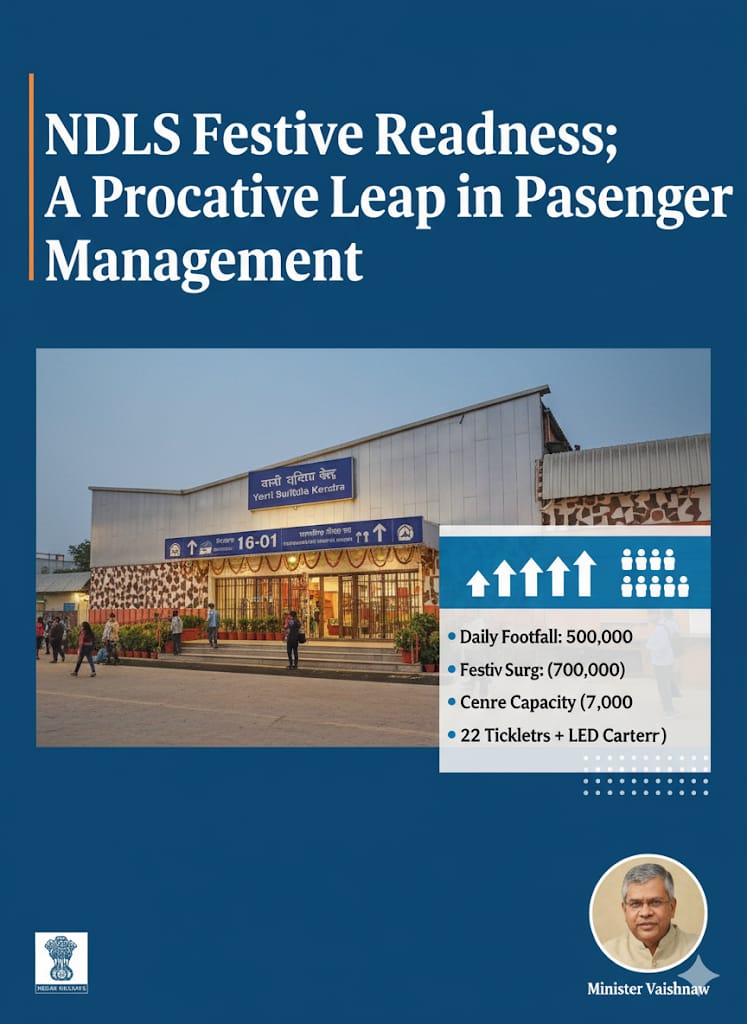
It is strange how time can transmute something simple into a treasure chest of memories. For the people of India, the post office was once a temple of possibility, where an envelope of letters carried not merely words, but the weight of emotions, hopes, and dreams, all encased in humble envelopes, stamped with the silent anticipation of connection.
The story of India’s postal service begins, of course, long before independence. Yet it was post-1947, when the country itself was still stitching together its fragmented identity, that the post office became the quiet sentinel of unity — a bridge between distant towns, between families separated by geography, and between lives that otherwise might never touch.
In those days, the post office was more than a mere repository for parcels and letters. It was a keeper of secrets, a deliverer of news, and more often than not, the bearer of both joy and sorrow. Children, wide-eyed with eagerness, awaited birthday cards from distant relatives. Their hearts raced as they scanned the skies for the familiar silhouette of the postman, whose leather satchel, weathered and worn by years of service, seemed to carry the pulse of the day’s news.
There was magic in that waiting, an unspoken ritual. The bell at the gate would ring, and there he was — clad in khaki, his bicycle wheels spinning the quiet hum of routine. The postman would walk up the path with deliberate grace, pulling letters from his bag like treasures, flipping through them, calling out names with a sense of purpose. And then, that moment of recognition—the tearing of an envelope, the unfolding of a story. It was an event.
Who could forget the soft crackle of paper, the sweet, familiar scent of ink, the unmistakable feel of a letter in hand? It didn’t matter whether it was a postcard, a government notice, or something more personal — a love letter, a wedding invitation, or a missive from a friend across the sea. In the hustle and noise of life, receiving a letter was a cherished pause, a quiet promise that someone, somewhere, was thinking of you.
India’s postal system, much like the country itself, was vast and varied. From the teeming streets of Delhi to the tranquil backwaters of Kerala, the postman arrived with equal regularity. His presence transcended the urban-rural divide. In cities, the post office was a meeting place, a hub for gossip and the exchange of news. In the villages, it was often the only thread linking the community to the outside world. The little red stamp, the black ink, the blue handwriting — these things carried the heartbeat of a nation.
The P&T Department — as it was once known — served as a lifeline for many. It wasn’t just about the mail. It was the savings bank, the money order service, the postal life insurance. For decades, the post office was a steady anchor in a fast-changing world, a place where people entrusted their savings, where they invested in policies that promised security for their families.
The 1980s and 90s, however, ushered in an era of rapid change. Television, the internet, and mobile phones gradually rendered the post office’s role less significant. At first, it was a subtle shift, but soon the evidence was undeniable. The postman’s uniform, once a symbol of civic pride, began to seem quaint. The rustle of paper, the satisfying thud of a letter landing on the doormat, became rare, and the world began to speak in emails, texts, instant messages, and social media posts. The speed of communication was unprecedented — but in the frenzy of convenience, something precious was lost. The tactile joy of a letter, the time taken to write, the care in choosing words, the intimacy of pen on paper — all disappeared in the blink of an electronic message.
Yet, nostalgia has a way of reclaiming what is lost. In recent years, amidst the digital deluge, a quiet resurgence of letter-writing has begun. Perhaps it’s the weight of a handwritten note, or the yearning for a time when communication was more than efficient, when it was deliberate and personal. Some people still remember the simple joy of receiving a letter, the feel of paper against skin, the beauty of a signature at the bottom of the page — each letter a mark of the sender’s soul.
And then there are the post offices themselves — those quiet, almost forgotten relics of a bygone era. The counters may be empty on most days, the shelves less crowded with stamps, but the very presence of the building commands reverence. There’s something comforting in seeing the old postman, his leather bag a little more worn, his bicycle a little rustier, but his eyes still sharp and purposeful as he delivers one last letter for the day.
For many, the post office is more than just a service. It is a living memory, a place where emotions once traversed the distances between hearts. For those who still write letters, who still wait by the door for the sound of the bell, the post office is a symbol of something deeply human — our desire to reach out, to be heard, to connect.
The world is faster now, and the post office, like so many institutions, has been relegated to the shadows of progress. But it remains, tucked away in the corners of our memories — the soft hum of a bicycle bell, the crackle of paper, the unspoken promise that someone, somewhere, cares enough to write, to send, to connect.
In the silence of the post office, where the letters still wait to be sent, the echoes of those simple, beautiful connections linger, like a melody we can almost remember — reminding us of a time when distance was bridged by words and every letter carried the weight of a thousand emotions.
In this world that moves too quickly, there is a quiet, aching yearning for those moments again.




.jpeg)


.jpeg)




.jpeg)









BARUN KUMAR MISHRA
11 months agoअत्यंत लाभदायक आलेख
Pratibha Paul
11 months agoWorth appreciating article.